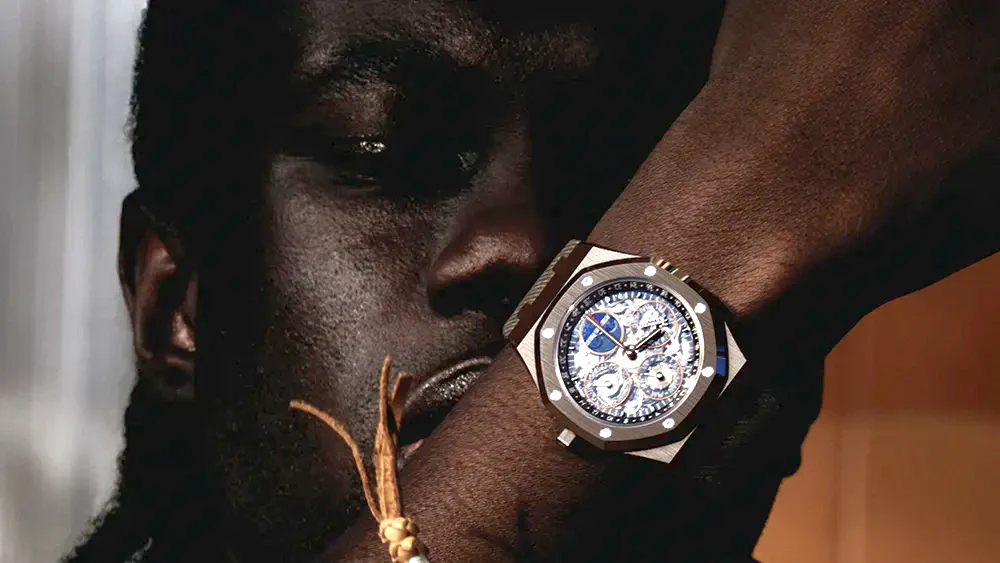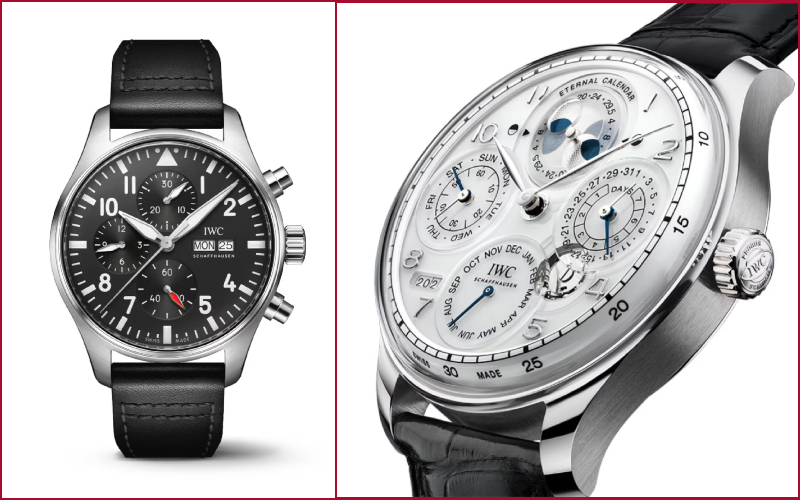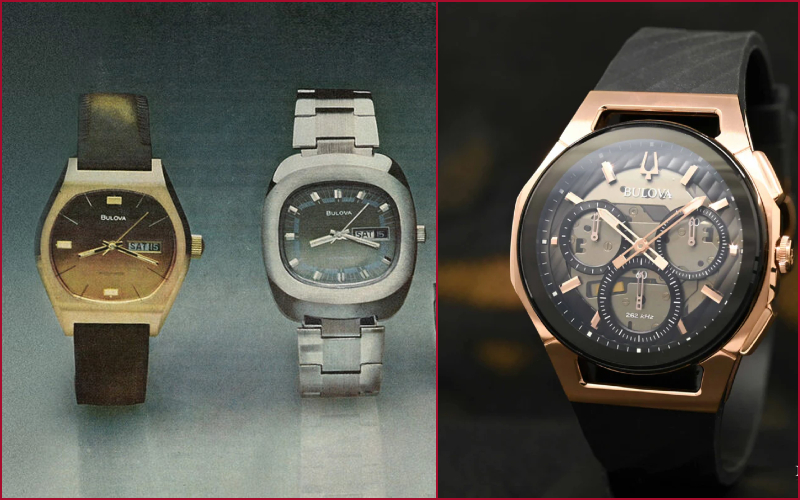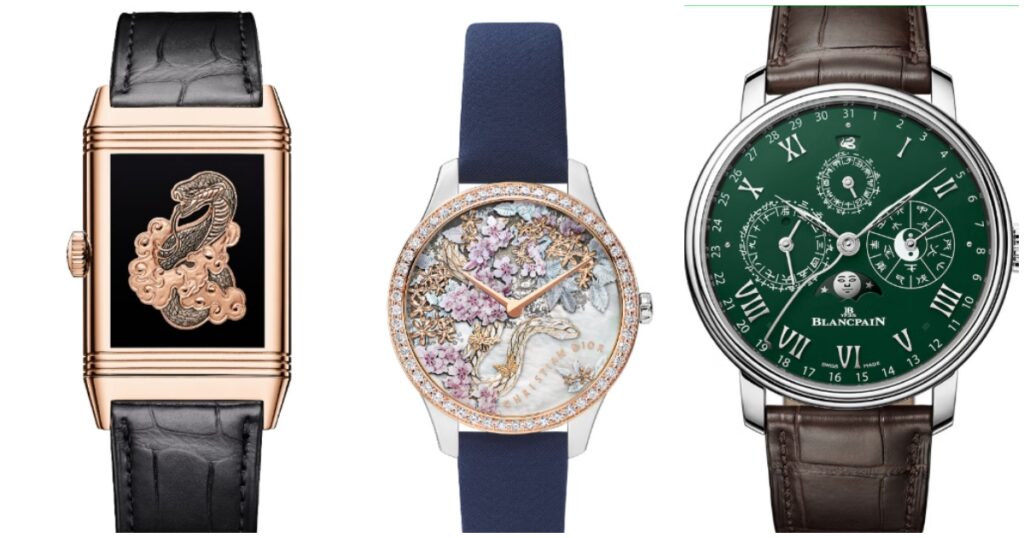The History of the Audemars Piguet Royal Oak
Introduction
The Audemars Piguet Royal Oak stands as one of the most iconic and transformative timepieces in the history of luxury watchmaking. Known for its daring design and revolutionary approach to materials, the Royal Oak reshaped the perception of luxury watches and defined the category of the modern luxury sports watch. Its history is a tale of innovation, risk-taking, and lasting influence, making it a timeless symbol of horological excellence.

The Birth of the Royal Oak
The story of the Royal Oak begins in the early 1970s, a time when the Swiss watch industry faced a crisis due to the rise of quartz technology. Determined to adapt and stay relevant, Audemars Piguet sought to create a groundbreaking timepiece that would redefine the brand’s identity. In 1972, under the creative vision of famed watch designer Gérald Genta, the Royal Oak was born.
Genta was tasked with designing a watch that was bold, elegant, and sport-focused. Drawing inspiration from a traditional diving helmet, he crafted an unconventional octagonal bezel secured with visible screws, an integrated bracelet, and a strikingly thin case for a sports watch. The use of stainless steel—a material rarely associated with luxury at the time—further pushed the boundaries of conventional watchmaking. Launched at Baselworld in 1972, the Royal Oak was met with skepticism for its avant-garde design and steep price point. Yet, it marked the beginning of a new era for Audemars Piguet.

The Evolution of the Royal Oak
Over the decades, the Royal Oak has undergone significant evolution, embracing both technical and aesthetic advancements. What began as a single model has grown into an extensive collection that caters to a variety of tastes and preferences. Early iterations of the Royal Oak featured the now-iconic “Tapisserie” dial, a textured pattern that remains a hallmark of the design.
In the late 1980s, Audemars Piguet introduced the Royal Oak Offshore, a bolder and more rugged interpretation of the original, designed to appeal to a younger audience. The Offshore introduced larger case sizes, innovative materials such as forged carbon and ceramic, and more complex complications, further cementing the Royal Oak’s position as a trendsetter in the luxury sports watch market. Additional variations, including models with precious metals, gem-set designs, and high complications like perpetual calendars and tourbillons, have expanded the collection’s reach and appeal.
The Rise in Popularity
Though initially polarizing, the Royal Oak eventually gained a dedicated following, becoming a cultural icon in the world of haute horlogerie. Collectors and enthusiasts began to appreciate its groundbreaking design and impeccable craftsmanship. The 1980s and 1990s marked a turning point for the Royal Oak as it found favor among tastemakers, celebrities, and watch connoisseurs.
The Royal Oak’s rise to prominence can also be attributed to Audemars Piguet’s ability to market the watch as a symbol of understated luxury and individuality. Unlike traditional gold dress watches, the Royal Oak appealed to a new generation seeking a blend of sophistication and casual elegance. Its versatility, coupled with limited-edition releases and collaborations, created an aura of exclusivity that continues to drive its desirability.

Travis $cott Perpetual Calendar AP
Celebrity Endorsements and Collaborations
A significant factor in the Royal Oak’s enduring appeal has been its association with celebrities and high-profile collaborations. Over the years, the watch has adorned the wrists of athletes, musicians, and actors, further cementing its status as a cultural icon. Basketball legend LeBron James, actor Tom Cruise, and musician Jay-Z are just a few notable figures who have publicly showcased their love for the Royal Oak, bringing the timepiece to the forefront of popular culture.
Audemars Piguet has also collaborated with influential artists and designers to create unique iterations of the Royal Oak. Notable partnerships include collaborations with Florentine jeweler Carolina Bucci, whose designs added a distinctive hammered gold finish to the watch, and Japanese contemporary artist Takashi Murakami, who brought his vibrant aesthetic to special editions. These collaborations have not only expanded the Royal Oak’s creative horizons but also introduced the brand to new audiences, keeping it relevant and desirable in an ever-changing luxury market.
Conclusion
The Audemars Piguet Royal Oak’s journey from a bold experiment to a revered icon showcases the power of innovation and risk-taking in the face of uncertainty. By challenging norms and redefining the perception of luxury, Audemars Piguet created a timepiece that not only stood the test of time but also shaped the future of watchmaking. The Royal Oak continues to inspire and captivate, embodying the spirit of audacity and timeless design.









